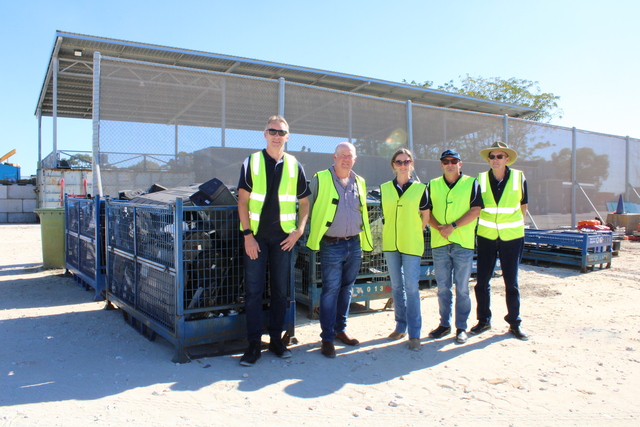Local Governments across Australia have stressed the need to improve the national transport network in their responses to the Federal Government’s AusLink discussion paper The Deputy Prime Minister and Minister for Transport and Regional Services, John Anderson, released the discussion paper in November last year. It proposes major changes to the planning and funding of Australia’s land transport system.
“Australia will face significant transport challenges over the next twenty years that will have major implications for urban congestion, pollution and safety. At the same time, Australia’s regions need better transport connections,” Mr Anderson said.“Our current system of planning and funding will simply not be able to cope. This is why we need a strategic and integrated national transport plan. This is why we need AusLink.”
Commonwealth Government officials have held consultations in more than 40 locations throughout metropolitan and regional Australia, involving 140 meetings and 512 groups of local stakeholders.
Mr Anderson welcomed the significant response from Local Government towards the AusLink plan.
“The AusLink concept is grounded in partnerships and, to be effective, requires the cooperation and goodwill of decision makers from all spheres of government and the community.Local Governments are keenly aware that our current and future transport task requires a strategic, efficient and integrated approach to funding, maintenance and development.
“The initial responses from Councils have been encouraging. Local Governments across the country have provided valuable contributions during the consultation process and carefully considered submissions towards the plan. The consultations showed there was broad support for the key features of AusLink – particularly identifying and developing an integrated national land transport network and a national land transport plan. Local Governments also showed support for better integrated planning between the Commonwealth and Local Governments.
“I expect we will receive more than a hundred formal submissions, with about sixty from Local Governments,” Mr Anderson said.
The key Local Government aspects of the AusLink plan include:
- earmarking of funds for regional transport infrastructure
- a framework where Local Governments and their project partners can address local links of significance on a regional basis
- fostering partnerships, particularly between spheres of government and between the public and private sectors, to promote the link between investment in transport and regional growth
- creating a framework that offers greater opportunities for local Councils to bid for Commonwealth Government funding.
Under AusLink, the Commonwealth Government will continue the existing local roads funding mechanisms that apply under the Local Government (Financial Assistance) Act 1995. AusLink will not affect any of the current projects funded by the Commonwealth or any projects where there has been a firm government funding commitment, including the Roads to Recovery and Black Spot Programmes.The $1.2 billion Roads to Recovery programme is the largest ever injection of funds into local roads by any Commonwealth Government.
Last year, the Government extended the Black Spot Programme by providing $180 million over four years towards reducing crashes at sites and sections of road with a poor safety history. The programme is estimated to have prevented more than 1,500 serious crashes in its first three years of operation.
The Commonwealth Government will release a formal policy statement, or white paper, on AusLink later this year. It will commence from July 2004.
Further information on the Commonwealth Government’s AusLink plan can be found at www.dotars.gov.au







